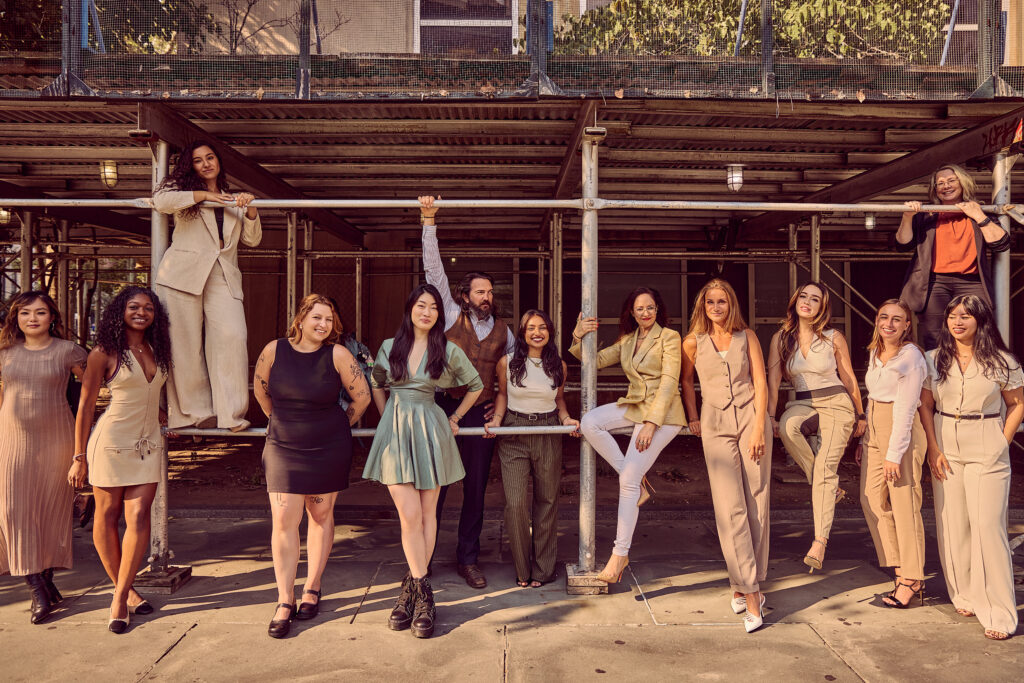According to a heartbreaking report in the New York Times, Danuael Drayton – a 27-year-old man – used Tinder to find women he could rape and murder. This case spotlights the inherent dangers of online dating apps that facilitate real life meetings between users.
While Drayton may be extreme, it is still an example of how rapists and abusers use Tinder, OkCupid, Bumble, and other dating apps as their own personal hunting grounds. Obviously, this cannot come as a surprise to these companies, which is why it’s more important than ever that they implement stronger security measures to better protect users.
Below are a few ideas we have on how dating apps can improve their standard of care.
User verification should be about safety not notoriety.
Dating app verification should be motivated solely by safety concerns. For example, Bumble prompts users to take photos with specific poses or angles in order to confirm that the user is real. Tinder’s verification, however, is more akin to a popularity contest and is largely reserved for “public figures, celebrities and brands.” If the goal is to help people meet each other and strike up love matches, then they should be concerned with doing everything they can to verify everyone’s identity.
Don’t delete messages between users.
If someone was sexually assaulted or stalked by someone they met on a dating app, the messages exchanged between the parties are important to have for a civil or criminal investigation. Yet, the policies of two of the most popular apps, Tinder and Bumble, run counter to that. According their respective FAQs:
“You can’t delete individual messages on Tinder. However, you can remove entire conversations by unmatching someone.”
If a connection is no longer visible or if your conversation has disappeared, the user in question has unmatched you, deleted their account, or they’ve been blocked by Bumble.”
The loss of these exchanges makes it that much harder for victims!
Cross-reporting between apps about abusive users.
Since so many people have a “cast a wide net” mentality when it comes to dating apps, security teams on major platforms should be talking to each other. If the idea of working with one’s direct competition to greatly improve user safety is so abhorrent to these companies, then what kind of leaders are they? They’ve created a wildly successful niche industry that is less than a decade-old and should feel responsible and compelled to create security standards that are congruent with their rapid popularity.
Check in with users.
Following up with users about their offline experiences on the app seems like a no-brainer for quality assurance and identifying bad actors earlier. After a bad encounter, victims may unmatch or delete their accounts in an attempt to move on. We think it’s prudent for dating apps to conduct more specific check-ins related to the IRL encounters they’re facilitating. Questions like, “How have your dates gone?” “Did you feel safe on these dates” or “Did anything sexually violent or abusive occur?” could help.
Security teams should report complaints to police.
If multiple complaints of serious abuse, harassment, or sexual misconduct are made against a certain user, the app’s security teams should report that person in question to the police while maintaining the confidentiality of victims. It’s horrifying to think that an app could be aware of an abusive person using their platform and do little to stop them.
These apps admit that they cannot predict the intent of every single one of their users. That realization only means they should feel more inclined to set up better user safety measures.
If you are the victim of sexual violence, harassment, or abuse by someone you met on a dating app, we can help. Call us at 646-666-8908 or use the contact form.



